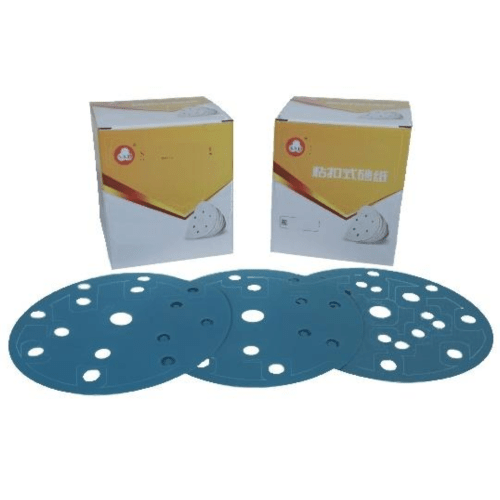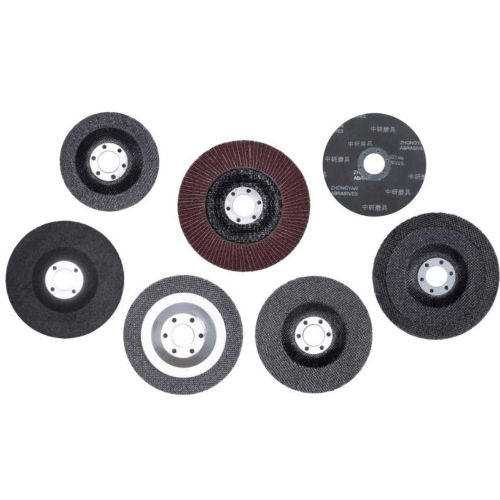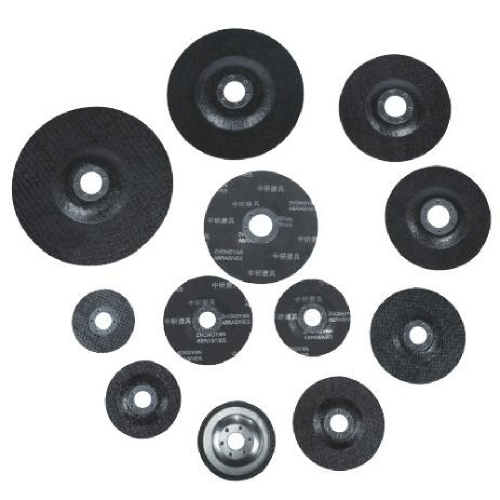belt length
Belt length is a critical parameter in mechanical and industrial applications, representing the total linear measurement of a belt from end to end. This fundamental dimension plays a vital role in power transmission systems, conveyor operations, and various manufacturing processes. The measurement encompasses both the inner and outer circumference, considering factors such as thickness, width, and material composition. Modern belt length determination involves precise measuring techniques, including laser measurement systems and digital calibration tools, ensuring accuracy down to fractions of a millimeter. The significance of correct belt length extends beyond basic functionality, affecting system efficiency, maintenance schedules, and operational costs. In industrial applications, belt length must account for installation tension, operational stretch, and thermal expansion characteristics. Advanced manufacturing processes now incorporate dynamic length compensation systems, allowing for real-time adjustments to maintain optimal performance. This technological integration has revolutionized belt applications across industries, from automotive and manufacturing to logistics and material handling systems.


